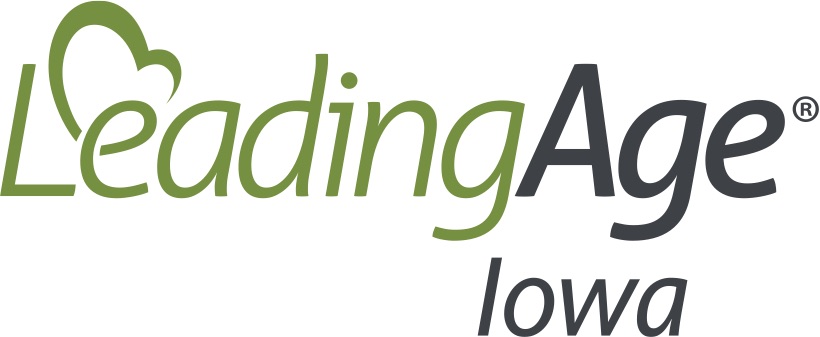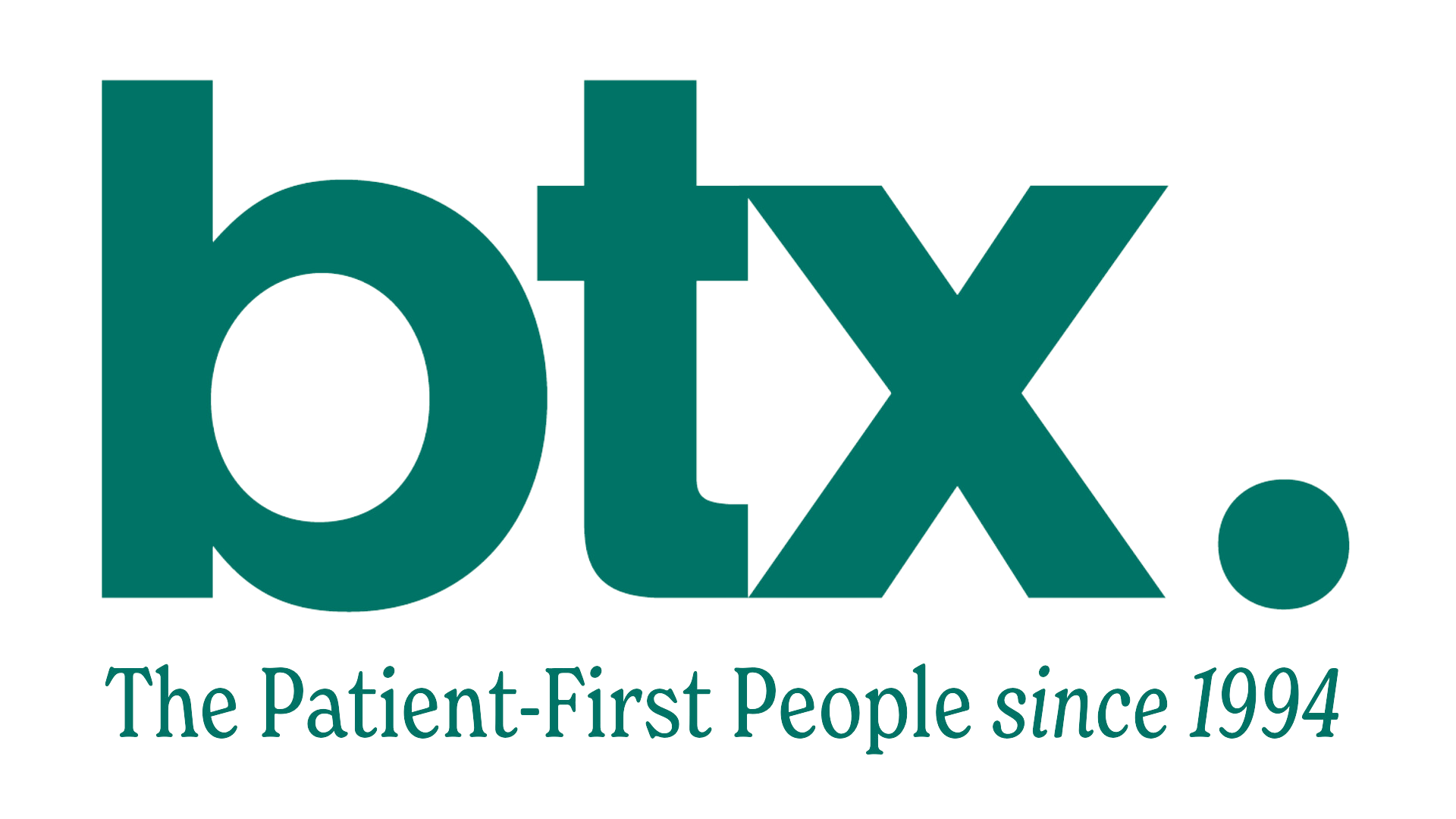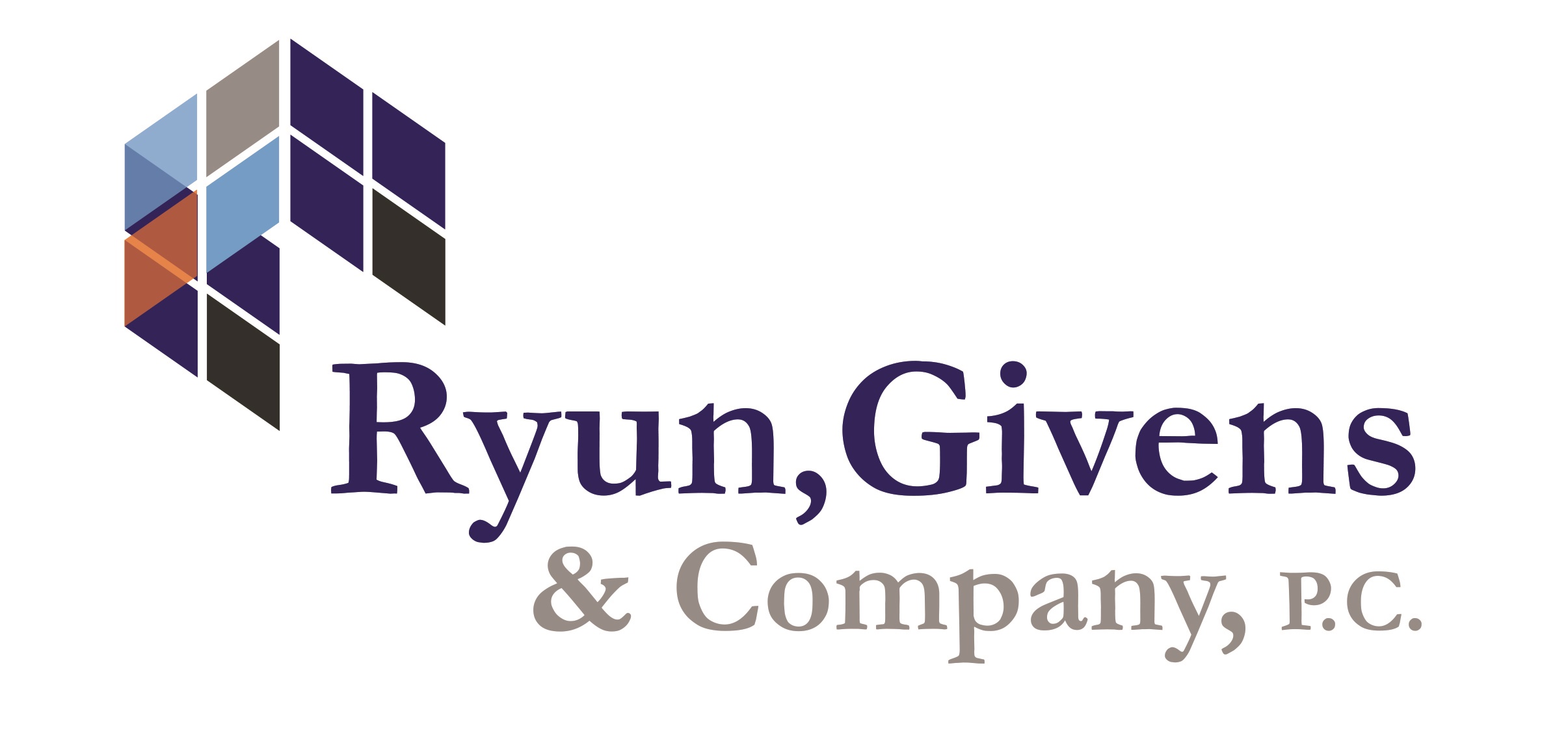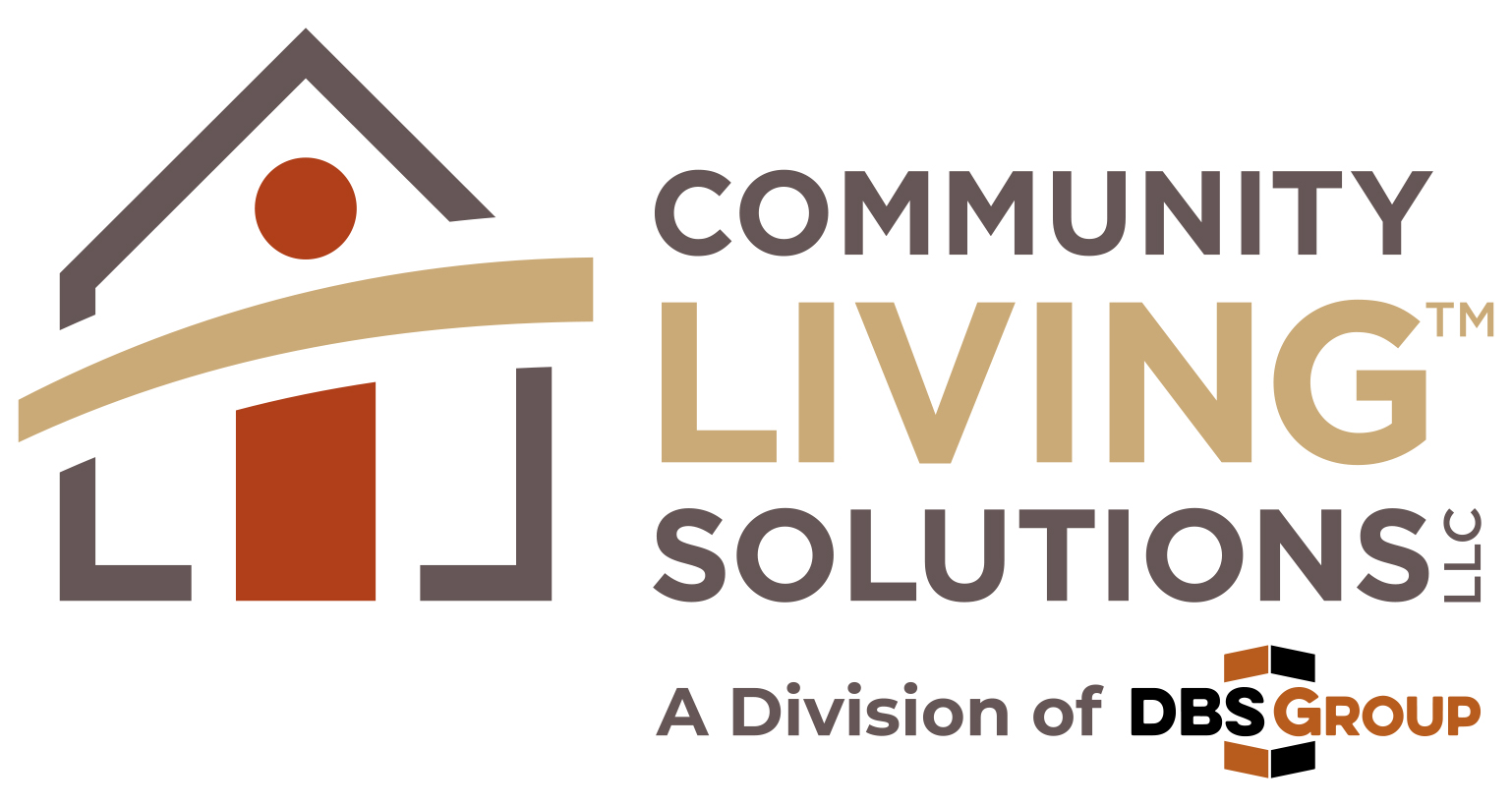|
Laundry, Waste, and Dietary Utensils in Transmission-Based Precaution Rooms
A member recently asked about practices related to laundry and waste management for residents in COVID-19 isolation rooms. During onsite ICARs, there is a significant overuse of red biohazard bags in nursing homes. The findings of the research lead to answers that I think many providers will find a change in practice is necessary.
Laundry:
Based on information from the CDC and reviewing requirements in F880 of Appendix PP, red biohazard bagging of laundry from rooms that residents are in transmission-based precautions is not necessary.
F880 specifically states “No special precautions (e.g. double bagging, melting bags) or categorizing (e.g. biohazard, color-coded) for linen originating in transmission-based precaution rooms is necessary.”
According to the CDC’s Background G. Laundry and Bedding, while contaminated textiles and fabrics in health-care facilities can be a source of substantial numbers of pathogenic microorganisms, reports of health-care associated diseases linked to contaminated fabrics are so few in number that the overall risk of disease transmission during the laundry process likely is negligible. This includes when laundry is completed both in house or contract services.
What is the best practice for laundry from transmission-based precautions rooms?
- Laundry should be bagged at the site, regardless of the resident’s infectious status. This includes not placing laundry on the floor or on other resident surfaces. Laundry should be directly placed in the bag once use is complete.
- Once all laundry is placed into the bag, the bag should be closed for transport to laundry room. Whether this is collected in a larger soiled laundry container or directly to the laundry room. Anyone handling soiled laundry must follow standard precautions. Double bagging of soiled linens is only necessary if the bag is visibly soiled.
- If laundry is collected in a larger container before transporting to the laundry room, the container must be closed when storing and transporting.
- Any items that are used for the collection of soiled linens and clothing must be disinfected periodically based on the policies and procedures.
- All laundry staff must follow standard precautions when handling and sorting soiled laundry. This includes the use of hand hygiene, gloves, and covering (such as an apron or gown) to protect the individual’s clothing.
- Staff completing the laundering process must be knowledgeable about the laundering process including use of chemical and heat elements to disinfect clothing/linens. According to Appendix PP, water and chemical detergent products are recommended to be:
- Laundry processed in hot water temperatures is 160 degrees for 25 minutes.
- Laundry processed in non-hot water includes 71-77 degrees plus chlorine or oxygen-activated bleach.
- It is best to have a process for marking chemical levels to ensure that the machine is appropriately utilizing the chemicals as they are directly input into the machine. This could include marking the container on a daily basis to ensure the chemical levels are decreasing.
- Providers utilizing offsite laundry services must have practices that address how the service is provided including processing and handling linens to prevent contamination from dust and dirt during loading and transporting. Providers should assure that offsite laundry services meets healthcare industry standards.
Garbage and Waste:
According to the CDC’s Background I Regulated Medical Waste, there is no epidemiological evidence to suggest that care providers waste is any more infective than residential waste. The CDC also notes that treating all waste as infective is neither practical nor necessary.
What is the best practice for garbage and waste?
- Providers must educate all staff on regulated waste which includes items saturated with blood or body fluids and sharp objects.
- Regulated waste that is saturated with blood or body fluids must be placed in a single biohazard bag without contaminating the exterior of the bag. If the exterior of the bag is contaminated or if the bag has a hole, the bag should be placed in a second bag (i.e. double bagging). However, double-bagging is not the standard for all regulated waste. Regulated waste also includes microbiology laboratory waste.
- According to the OSHA Bloodborne Pathogens Standard, contaminated needles and other contaminated sharps shall not be bent, recapped, or removed unless the employer can demonstrate that no alternative is feasible or that such action is required by a specific medical or dental procedure. Immediately or as soon as possible after use, contaminated sharps shall be placed in appropriate containers which includes puncture resistant, labeled or color-coded in accordance with the standard, and leakproof on the sides and bottom.
- Regulated waste does not include all garbage from a resident’s room who is in transmission-based precautions. Garbage that is not visibly soiled with blood or bodily fluids (including PPE) when the resident is in transmission-based precautions can be placed into the regular garbage and discarded appropriately.
- Providers must have processes in place for storage of regulated waste along with procedures for discarding regulated waste (such as the use of an outside agency to dispose of the waste). Policies and procedures should include how the waste will be stored to minimize or prevent foul odors, is well-ventilated, and inaccessible to pests.
- All garbage and medical waste must be handled using standard precautions.
Dietary Utensils:
Many providers utilize disposable trays to serve residents who are in active transmission-based precautions to prevent return of the items to the kitchen. However, these items can be expensive to purchase and don’t maintain temperatures of the food as traditional trays and covers do. Similar to the standards identified above, disposable items are not necessary to prevent the transmission of pathogens. In some situations, providers may have staff place reusable items in red biohazard bags to notify the dietary staff that the items came from a resident in transmission-based precautions, which is also unnecessary.
The best practice for these items is that staff collecting the items from the resident’s room as well as receiving these items in the dietary department follow standard precautions. In addition, dietary staff should ensure that dishwashing procedures are utilized in accordance with the manufacturer’s recommendations and disinfection standards. Dietary staff should ensure that dishwashing equipment is functioning properly including monitoring temperatures of the water in the dishwasher which may vary depending on if the dishwasher is a low- or high-temperature machine. In addition to water temperatures, adequate chemical sanitation should be monitored and documented. The dietary department must have processes in place to ensure this is being completed such as auditing logs for completion.
|













